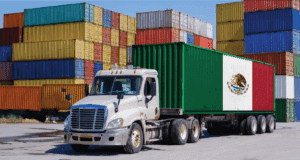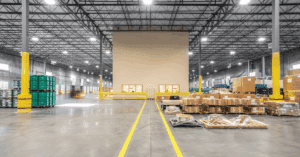El Reto
ProTrans’ customer, a global leader in safety technology, requested corrective action to resolve potential damages observed on arriving shipments. This “Voice of the Customer” provides valuable input in ProTrans’ continuous improvement program and regardless of root cause, the resolution of a complaint plays a role in strengthening the customer-business relationship.
An audit of core input elements: Material, Customer Specifications, Manpower, Methods, and Equipment plus observation of arriving freight for two months revealed the majority of damage observations pointed to the packaging configuration from three customer suppliers (i.e. dilapidated pallets, improper shrink wrap, un-taped flaps torn during freight movement).
The Solution
Once the problem was identified ProTrans selected the ‘vital few’—those with the most significant impact on the expected output audit.
- Improved packaging: After notification, these suppliers made modifications and showed significant improvement.
- Clarified customer damage/cosmetic specifications: Customer-specific packaging cosmetic criteria was found to be greatly different from ProTrans’ typical customer requirements (i.e. shipping box cosmetic creases or box scratches resulting from typical freight movement).
- Reduced time consumed: Greatly reduced email/phone discussions regarding customer dock inspections.
Result
Once the criteria were clarified to align customer expectations versus the handling associated with the freight movement and suppliers’ improved packaging, our customer experienced a substantial decrease in observed damages as well as a reduction in personnel time associated with dock inspections.
Lessons Learned
A problem needs to be identified to find the true root cause. Root cause analysis must explore all aspects so an efficient and effective action plan may be deployed.


